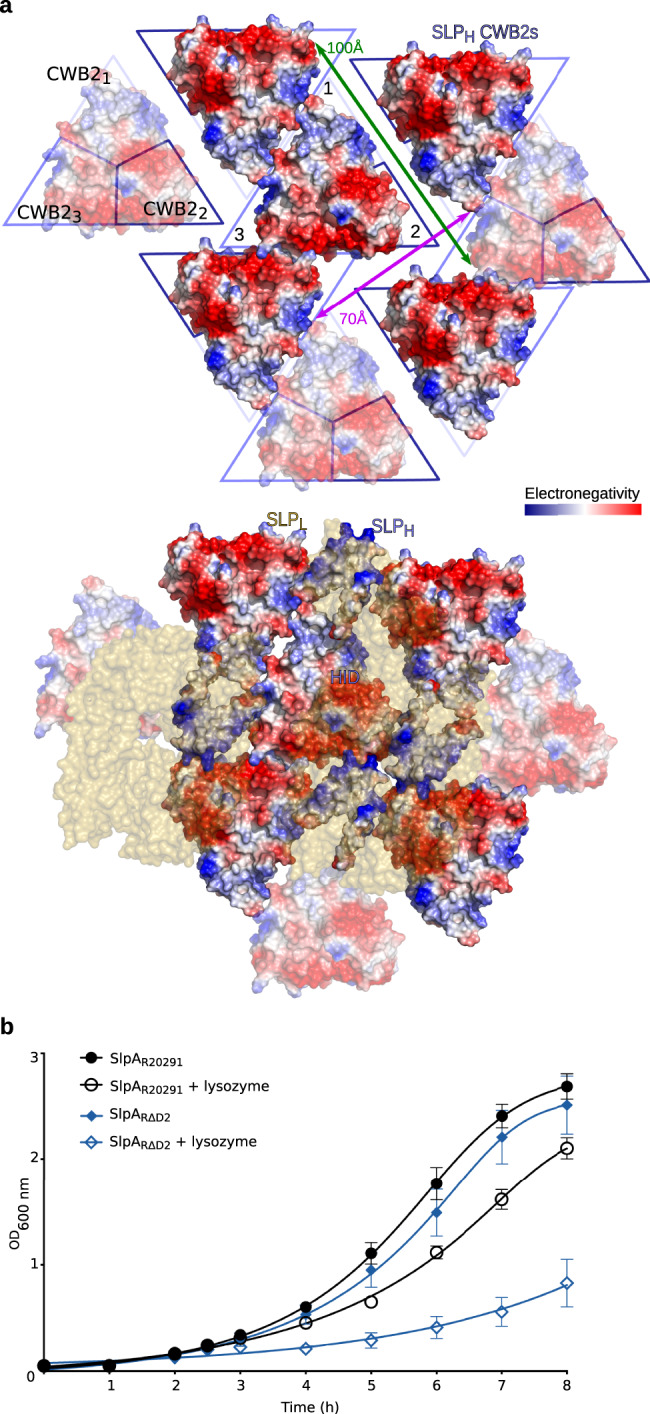Fig. 6. SLPH and SLPL create a tightly packed 2D array.

a Tiling of SLPH CWB2 motifs via charge complementarity across each triangular prism face. Poisson–Boltzmann electrostatic potential calculated for SlpACD630 SLPH, represented as a charge distribution (positive – blue; negative - red) on the surface representation of SLPH array. Interacting surfaces between molecules 1–2, defined by pseudo-symmetry related CWB23-CWB21, and between molecules 1–3, defined by symmetry-related CWB23 triangular prism faces, are labelled. Cavity between symmetry-related CWB21-CWB22 surfaces, represented by green arrows (top) is partially obstructed by HID domains (electrostatic potential surface representation) and completely occluded by SLPL (gold) as shown on the bottom panel. A long cavity of ~70 Å at the CWB22 vertices represented by purple arrow (top) is also occluded by HID domains and interacting SLPL molecules (bottom). b Lysozyme resistance. Cultures of SlpAR20291 (circles) and SlpARΔD2 (diamond) were inoculated at an OD600nm of 0.05 and grown anaerobically at 37 °C with hourly OD600nm measurements. Where indicated (open circles, SlpAR20291; open diamonds, SlpARΔD2) lysozyme (500 μg ml−1) was added after 2.5 h growth. Data are presented as mean values (±SD) from two biological replicates, assayed in triplicate. Source data provided in Source Data file.
